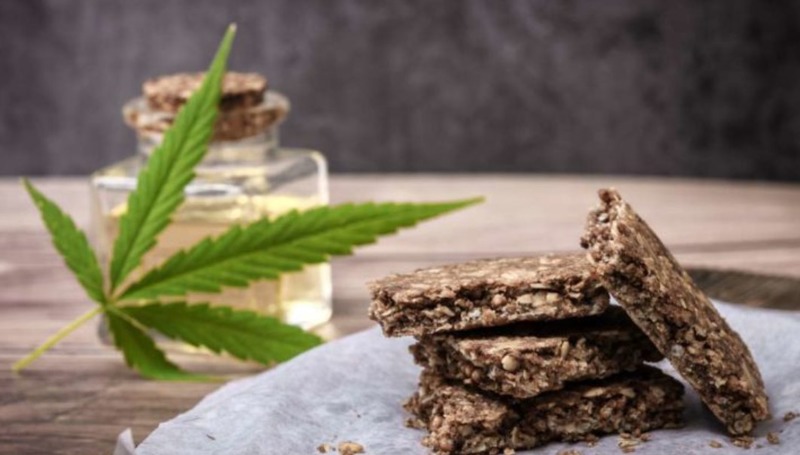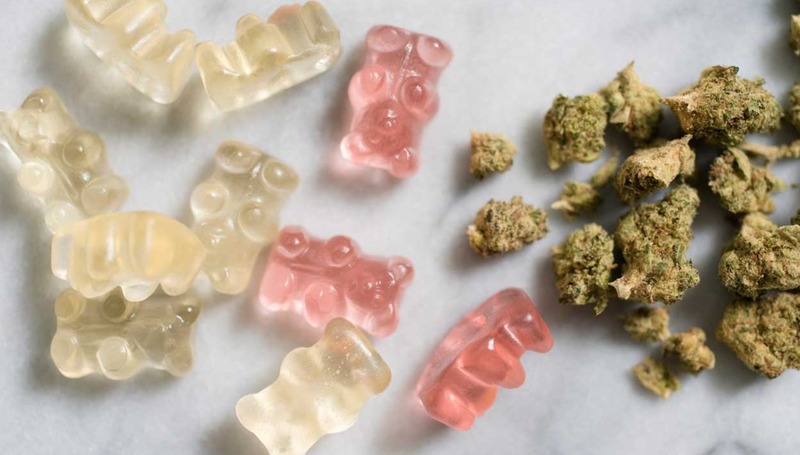People are increasingly concerned about the health effects of cannabis as it becomes more accessible recreationally. Cannabis smoking is one thing, but what about edibles—or consuming the substance in foods like brownies, gummies, muffins, doughnuts, and even peanut butter? Here’s everything you need to know regarding how cannabis affects your body when consumed in food. Looking to try something new? Check out this.
What Are Edibles?
Tetrahydrocannabinol, or THC, is the active component in edibles. Andrew Stolbach, M.D., M.P.H., an emergency physician and medical toxicologist at The Johns Hopkins Hospital in Baltimore, states that this is the case. You absorb THC in your circulation after eating a food containing it, according to Dr. Stolbach. There’s a catch, though: absorption can be slowed down depending on how much of that edible you ate and how much other food is in your stomach before you eat it. Because people may not notice how much they’ve eaten until they begin to experience the full effects of edibles, this can be a big problem for them, says Dr. Stolbach.”

“It’s very difficult to predict how much THC will be absorbed by the body after ingesting cannabis,” says Stolbach. ” absorption is unpredictable, and people don’t feel the peak effect for a long time after eating—minutes to hours—but generally hours.”
THC is absorbed via the intestines’ walls in exactly the same way as food or prescription drugs are. THC is absorbed through your intestines just like any other type of nourishment or medicine. The longer you have food in your system, for example if you had a weed brownie as dessert after a big dinner out, the longer it will take for the THC to be absorbed. This is where edibles differ significantly from smoking marijuana: whereas THC enters your circulation immediately when you smoke it, you may not feel all of its effects until later hours, according to Stolbach.
The Effects of Cannabis Edibles
When you eat high-THC marijuana prepared with cannabis, it makes you feel high, but the effect may take up to an hour or two to become apparent. However, that same impact will be felt for a longer period of time than the effects of smoking marijuana. The high from edibles lasts six to eight hours. Inhalation produces a two- to three-hour high.
One of the drawbacks of creating cannabis edibles is that it gives the food or drink a strong impact, about three times more powerful than smoking marijuana. This means that if you want to go out, drive, or perform heavy labor, you should think again because you will most likely fall asleep. THC has been shown to affect cognitive function, reaction time, and motor coordination.
Cannabis edibles are ideal for medical consumers who require strong and long-lasting comfort. Cannabis edibles can be used to conveniently consume high quantities of THC or CBD by infusing a product with a large amount of cannabinoids.
However, be cautious about how much you ingest. Some people have reported hallucinations, anxiety, paranoia, dizziness, perplexity, and nausea after taking too much THC in edibles.
How Much Should You Take?
THC and CBD content are specified in edible cannabis goods. A single gummy, for example, usually contains 10 milligrams (mg) of THC. In some cases, though, the manufacturer will disclose the THC or CBD amount in each individual container or food item. If a product has 100 mg of THC, for example, you would take 10 mg each gummy.
Brownies and cookies are two examples of food products that can be confusing. It may imply that a single dose is equal to a proportion of the product in certain situations.
Be Sure to Read the Label
It’s critical to read the label carefully before eating the food. Look for THC or CBD per serving and determine whether it refers to the entire product or just a portion of it.
Even when you know exactly what you’re eating, edible dosage isn’t always reliable. There are a lot of variables to consider.
It’s best to start with a low dose and gradually increase it until you achieve the desired effect. nHere are some average dosing recommendations for THC and CBD edible products.
THC dosing
The behavioral effects of eating 1 mg of THC are comparable to those produced by smoking 5.71 mg of THC, according to a 2015 study commissioned by the Colorado Department of Revenue.
Even if you’re a frequent marijuana user, start with a small dose. You may gradually increase the dosage until you reach the desired result over time. Doses of 20 to 30 mg per day are linked to an increased danger of negative side effects, including addiction.
CBD dosing
There’s less danger of negative effects if you take too much CBD since it doesn’t produce mind-altering effects. Still, taking high dosages may induce unpleasant side effects such as tiredness.
As with THC edible foods, it’s best to start small. Choose a low dose of 2.5 to 10 mg and gradually increase until you get the desired results.
It’s crucial to take CBD near the evening since it might make you drowsy. It’s best to start taking CBD in the early evening and see how it affects you before bed.
